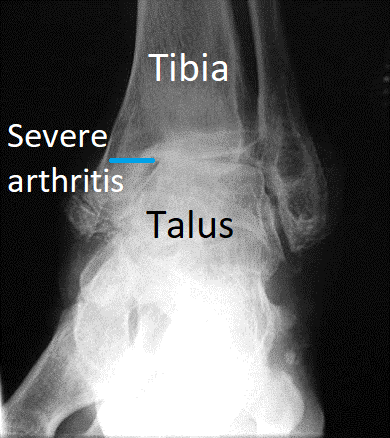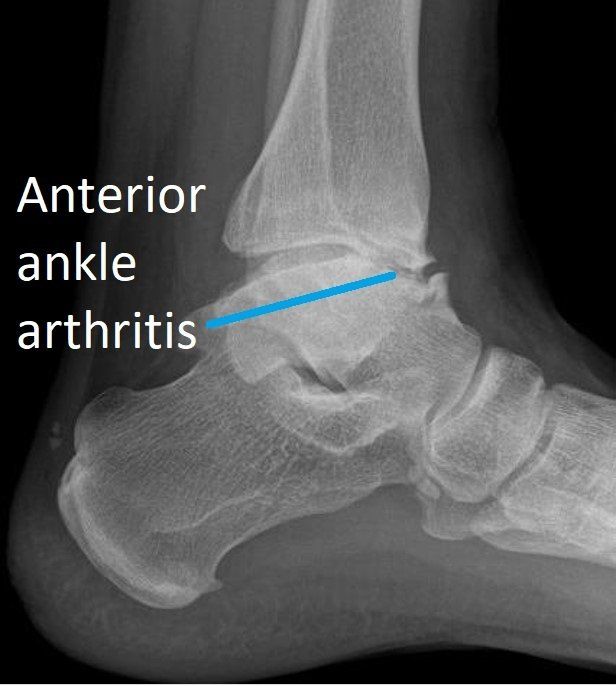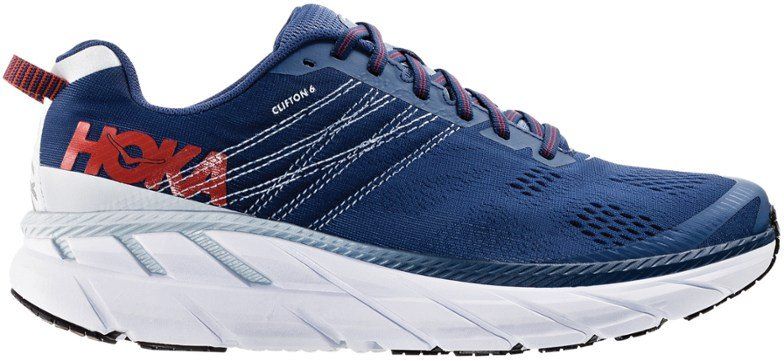Ankle Arthritis
What Causes Ankle Arthritis?
Symptoms of Ankle Arthritis
- Pain is usually with or after activity. When pain is also at night, arthritis is usually severe.
- Swelling around the ankle.
- Stiffness, often worse when trying to bend the ankle up.
- Clicking and catching inside the ankle.
Diagnosis of Ankle Arthritis
- medical history
- physical examination
- weight-bearing X-rays of the ankle (see images below).
Treatment of Ankle Arthritis
Non-surgical treatment
- pain relief medications and occasional anti-inflammatory medications
- activity modification and weight loss
- rocker sole shoes (Hoka, NB, Skechers, etc).
- walking sticks and frames
- ankle-foot orthosis (AFO) - a custom-made plastic splint which supports the ankle. It is worn inside the shoe and extends up the leg. This is usually used when surgery is not appropriate for medical reasons.
Surgical treatment of ankle arthritis
Surgery can be recommended if symptoms do not improve with non-surgical treatment.
There are four operations available for ankle arthritis.
Ankle "clean-out" .
This usually involves an ankle arthroscopy . It is effective when the arthritis is only in the front of the ankle or loose bone fragments are causing pain and catching.
Ankle realignment osteotomy and stabilisation .
This is not often done but is an option in rare cases with early arthritis and mal-aligned leg or foot bones.
Ankle fusion/ankle arthrodesis .
This is still the best way of treating severe ankle arthritis when there is bone loss, deformity and/or instability. It is also the correct procedure in most people under 60 years of age.
Stiffening the ankle does alter gait and can put extra load on the joints around the ankle. Rocker sole shoe are very useful in reducing these problems. 90% of people have significant pain relief for life after ankle fusion. See Ankle Fusion and Replacement for more information.
Ankle replacement/ankle arthroplasty .
Replacing the ankle has been available for many years but the results have been nowhere near as good as hip and knee replacement. Ankle replacement technology continues to develop as our understanding of why these implants fail also develops. Better materials and patient-specific instruments are making the current generation of implants more reliable.
Only small numbers are done each year in Australia (630 in 2023). Re-operation (20% at 10 years) and revision (15% at 10 years) rates are still higher than those of hip and knee replacement.
Ankle movement after ankle replacement is not normal. Some restriction and stiffness is common. Significant pain relief occurs in 70% of people.
All joint replacements eventually wear out. If an ankle replacement needs removing (revising), some are converted to fusion.
Ankle replacement is offered to selected people with ankle arthritis. These include low-demand people, those older than 60 years, people with previously fused hindfoot joints, and those with rheumatoid or sero-negative inflammatory arthritis.
See Ankle Fusion and Replacement under the TREATMENTS menu for more information.



















